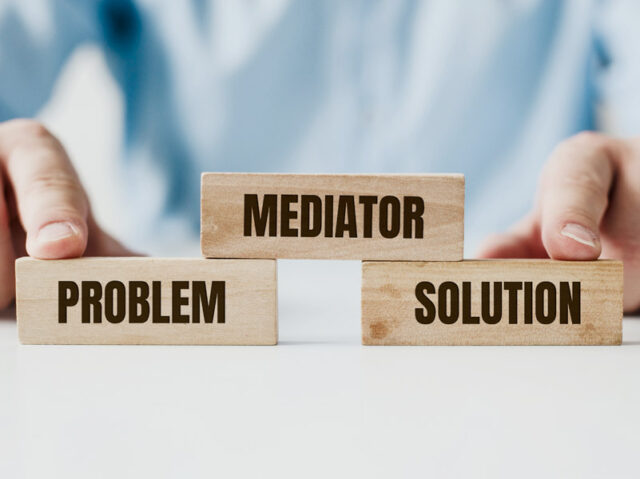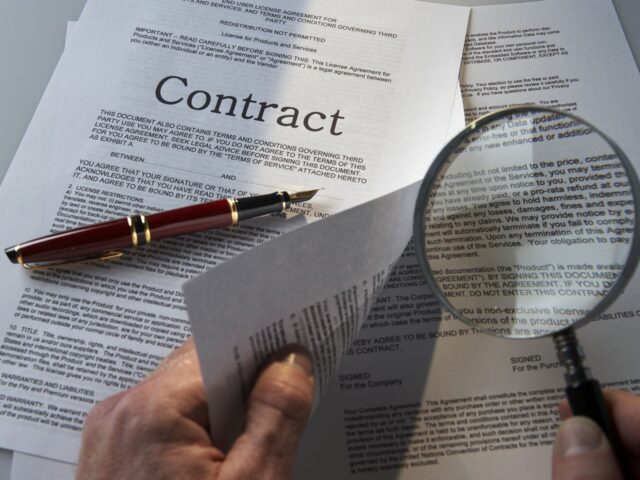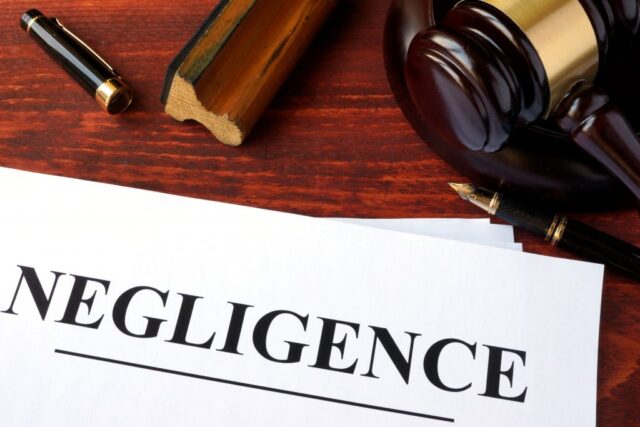
The purpose of personal injury law is to help and protect those injured or harmed due to the negligence of another person or entity. Making a personal injury claim can be a long and complicated process. On top of the pain and suffering caused by the actual physical injury, it is not unusual to experience fear, shock, anger, and frustration.
Not every personal injury case follows the same path; the parties will quickly settle some, others may go through arbitration or mediation, and a few will go to trial. Mediation is a frequently used option in personal injury cases. Let’s take an in-depth look at what mediation is, how it works, the plaintiff’s role, and what happens when mediation fails.
Mediation
Mediation is a form of alternative dispute resolution (ADR). A neutral person helps the plaintiff and defendant find a solution to their dispute. It is not as strict as arbitration or a trial because the third party does not render a decision; they serve to guide or mediate. Mediation allows for creative solutions that would never come up in arbitration or court.
Deriving a personal injury settlement through mediation can save the plaintiff and the defendant time and money. Though few personal injury cases go to trial, those that do can be long and drawn out. The mediation process finds a satisfactory solution for both parties with less stress and emotion than a trial.
The Mediation Process
Every mediator may have their way of running a mediation, but the general process is the same no matter who runs it.
Introduction

The mediation process begins with all parties coming together in the same room with the mediator. The mediator will give an opening statement explaining the purpose of the mediation and reiterating that the process and any settlement are entirely confidential.
The mediator will perform an ethics check and discuss administrative matters, like creating a schedule including breaks, lunch, or pauses for private meetings. They will also explain the rules of conduct and encourage healthy conversations that hopefully lead to an amicable settlement.
Problem Determination
Each party presents its position, arguments, and evidence in this stage. It is crucial to raise any problems resulting from the injury, such as physical harm, pain and suffering, and other issues. It is the mediator’s responsibility to keep all parties calm. If necessary, the mediator can separate the parties.
Generation of Alternatives
The opposing sides will separate and meet privately with the mediator. Both sides will present offers, and the mediator will negotiate between them and, when necessary, meet privately with the attorneys to share information with either side that could influence their settlement offers.
The mediator provides a realistic assessment of each party’s strong and weak points. The negotiations focus primarily on compensation, typically in the form of paid monetary damages.
Clarification and Agreement Writing

When the two sides reach an amicable agreement during mediation, the mediator will write the decision in the presence of both parties’ legal counsel. The mediator ensures that both parties fully understand and agree to the written settlement before signing it. Generally, an agreement prevents either party from later engaging in litigation over the matter.
Usefulness of Mediation
Mediation successfully resolves disputes and has added benefits that do not exist when using arbitration or in court proceedings. The American Arbitration Association reports an 85 percent success rate when using mediation to settle disputes.
The mediation process is low-key and, therefore, less stressful. It can be quicker and is less expensive than taking a case to court. Participants feel like they have a more significant say in the outcome, and both sides tend to feel better about the final settlement. Additionally, mediation can preserve the relationship between the two parties.
Preparing for Mediation
According to Cornell Law School’s Legal Information Institute, negligence is the “failure to behave with the level of care that someone of ordinary prudence would have exercised under the same circumstances.”
It is important to remember that we base personal injury law on the idea of negligence. You have to prove that the other party was negligent and to what extent. To prove negligence, you must provide evidence that the defendant failed to meet their duty of care.
Elements of Negligence

Duty of care is a legal term that refers to one person’s responsibility to prevent causing harm to another. You must prove that the person acting with negligence was responsible for the injured person.
Breach of duty is one person’s failure in their duty of care toward another. The injured person must attest to exactly how the other party failed to meet that duty; this involves a causal connection between the injured and the other party. It also suggests a proximate cause, determining if the incident was foreseeable. For example, when a person who caused a traffic collision did not stop at a stop sign.
Economic and non-economic damages are proven damages caused by the injury, such as medical expenses, emotional trauma, or pain and suffering.
Evidence
In mediation, you can bring physical and nonphysical evidence such as photographs, police reports, testimonies, medical records, medical bills, and a statement of lost wages or salary. You can also introduce evidence like testimonies and expert witnesses to explain how the injury happened or its impact.
Mediation isn’t Always Successful
A mediation session that doesn’t result in an agreement is not a waste of time. Frequently, it helps both parties understand the other’s position and may guide them towards an agreeable settlement at a future date. If a second attempt at mediation fails, the plaintiff’s attorney will proceed with taking the case to court. A settlement is still possible, and negotiations may continue even as court proceedings move forward.
Talk to a Personal Injury Attorney

If you need additional information about mediation and how the process can get you the settlement you deserve, speak to a personal injury attorney with experience in the mediation process. Trent Law has a complete guide on understanding personal injury mediation and what you can expect during the process.
They handle cases including, but not limited to:
- Wrongful Death
- Dangerous and Unsafe Premises
- Auto Accidents
- Traumatic Brain Injuries
- Product Liability
An attorney’s goal is to get compensation for those harmed by another party’s negligence. The settlement in personal injury cases typically comes in paid monetary damages based on medical bills, lost wages resulting from injury, emotional distress, etc.










